The Guide to Choosing the Best Soil for Indoor Plants
Published On: 23 September 2024
Choosing the right soil for indoor plants is like finding the perfect foundation for a house—it’s essential for everything that follows. While the right mix helps retain nutrients and moisture, the wrong one can lead to root rot, pests, and stunted growth.
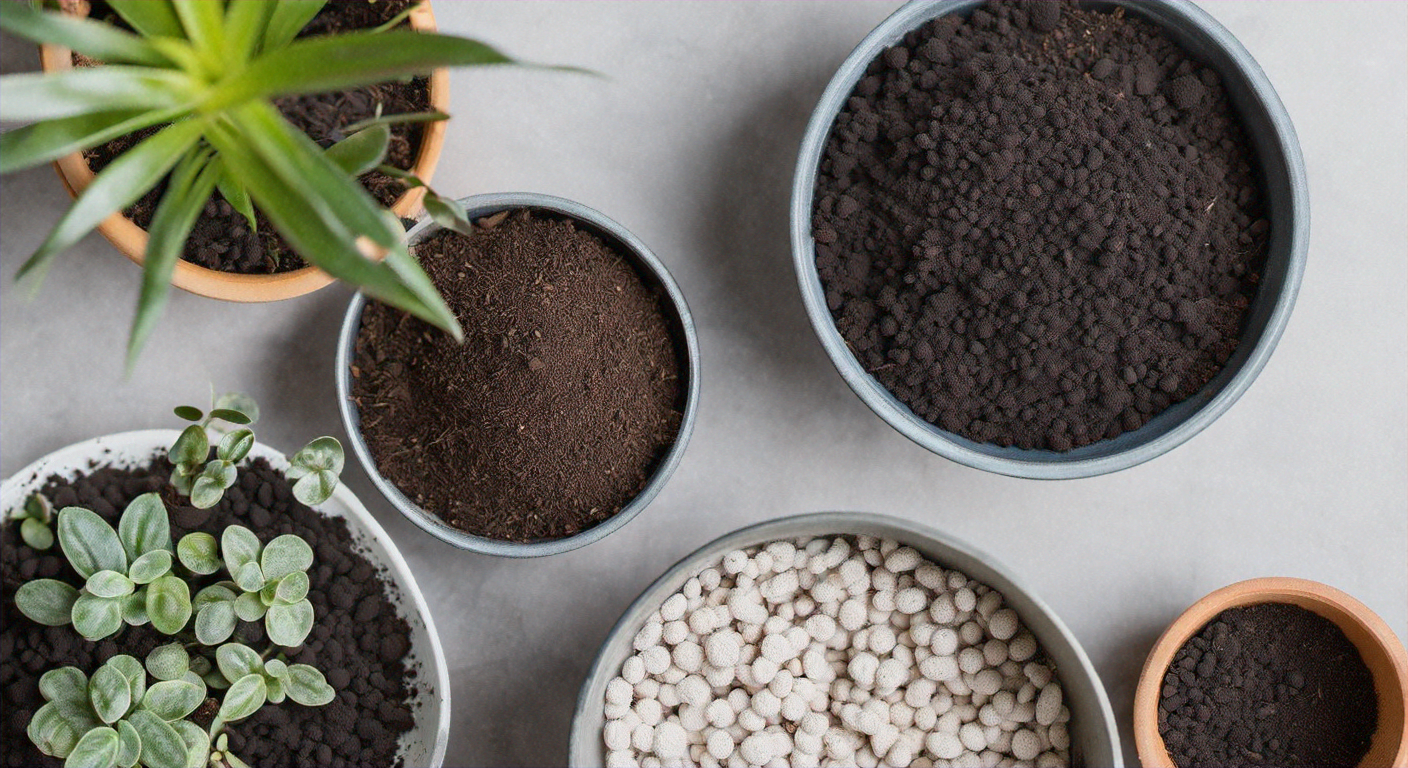
Unlike outdoor plants, houseplants rely entirely on the soil in their pots, so picking the best mix can transform your indoor garden into a thriving oasis. Let's dive into what makes the ideal potting soil and how to set up your plants for success indoors!
Table of Content
- What is Potting Soil?
- Key Qualities of Good Soil for Indoor Plants
- 1. Nutrient Retention:
- 2. Moisture Retention and Drainage:
- 3. Aeration:
- Inorganic vs. Organic Potting Soil - Which is Best for Houseplants?
- Understanding Soil Components
- 1. Peat Moss and Coconut Coir:
- 2. Perlite and Vermiculite:
- 3. Compost and Organic Matter:
- Choosing the Best Potting Soil for Different Indoor Plants
- 1. Cacti and Succulents:
- 2. Tropical Plants (Monstera, Philodendron):
- 3. Orchids and Air Plants:
- DIY Soil Mix Recipes for Indoor Plants
- 1. Succulents and Cacti Mix
- 2. Leafy Tropical Plants Mix
- 3. Flowering Plants Mix
- Best Practices for Potting and Repotting
- Choosing the Right Pot:
- When and How to Repot:
- Enhancing Soil Health Post-Repotting:
- How to Address Common Soil-Related Problems and Solutions
- 1. Root Rot Prevention
- 2. Compacted Soil
- 3. Pest Control
- Conclusion
What is Potting Soil?
Potting soil, or potting mix, is essential for growing plants indoors, providing a blend tailored to houseplants’ unique needs. Unlike dense garden soil, which can compact and restrict indoor plant roots, potting soil combines ingredients like peat moss, perlite, and coconut coir to create a well-draining, aerated medium.
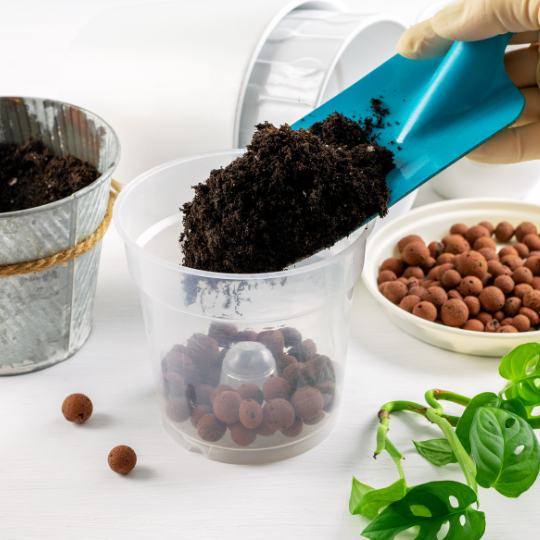
For plants that need super-aerated soil, like cacti, you might use cactus mix, while orchids often thrive in mixes containing bark for airflow. Potting mixes are often soil-less to reduce the risk of pests and root rot, ensuring roots stay healthy and have room to grow.
The best potting mix checks off essential qualities: it should feel light and airy, retain water without waterlogging, and support nutrient uptake to keep plants thriving. So, whether you’re buying potting soil for tropicals, succulents, or orchids, look for a blend that balances aeration, moisture retention, and nutrient content.
Key Qualities of Good Soil for Indoor Plants
Creating the right soil environment is essential for indoor plants to grow well, and three key qualities play a big role:
1. Nutrient Retention:
A good soil mix retains essential nutrients, supporting healthy growth. Indoor plants rely on the soil for vital nutrients since they can't get them from rain or outdoor sources, so a nutrient-rich mix keeps them thriving.
2. Moisture Retention and Drainage:
Balancing water retention is key to prevent root rot. Tropical plants benefit from moist soil, while succulents prefer drier mixes. Quality potting soil ensures enough moisture retention without waterlogging.
3. Aeration:
Well-aerated soil allows roots to “breathe,” promoting healthy growth and preventing compacted soil that could suffocate roots. Adding perlite, pumice, or coconut coir can improve aeration for root health.
Inorganic vs. Organic Potting Soil - Which is Best for Houseplants?
Choosing between inorganic and organic potting soil depends on your houseplants' needs and maintenance preferences.
Organic Potting Soil: Organic mixes contain natural materials like coco coir, compost, and peat moss, which improve water retention, aeration, and nutrient availability, making them ideal for most houseplants. This type of mix promotes root health and enriches the soil ecosystem over time.
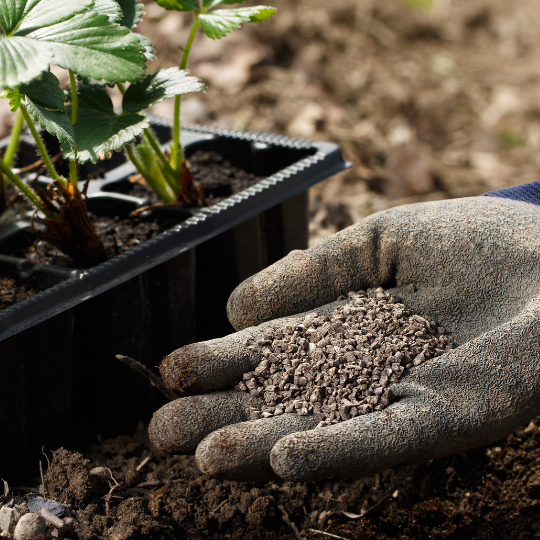
Inorganic Potting Soil: Inorganic soil includes non-decomposing materials like perlite, vermiculite, and expanded clay. It offers superior drainage and aeration, ideal for plants needing minimal moisture like succulents or cacti. Inorganic potting mixes are low-maintenance but often lack nutrients, so occasional fertilisation is essential.
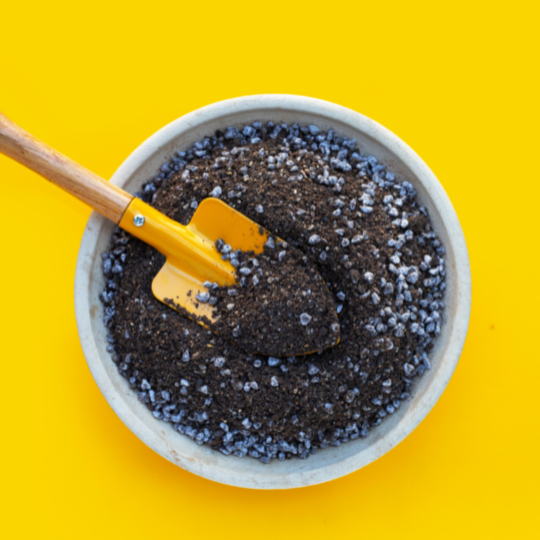
Which is Best?
Organic soil generally benefits leafy and flowering plants, while inorganic soil supports plants needing drier, airy environments. Combining elements from both types can also create a balanced, versatile mix suitable for a range of houseplants.
Understanding Soil Components
Here’s a breakdown of common soil components and how they contribute to the ideal indoor soil mix:
1. Peat Moss and Coconut Coir:
Both peat moss and coconut coir help soil retain moisture, which is essential for plants that need consistent hydration. Coir, in particular, is a sustainable alternative to peat moss, offering similar benefits in water retention and soil structure.
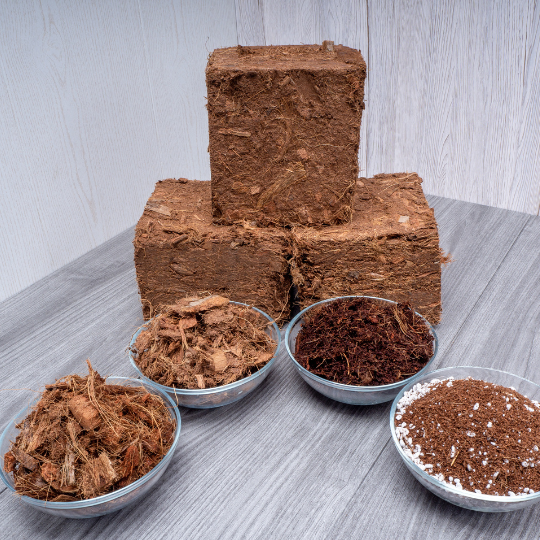
2. Perlite and Vermiculite:
These minerals improve aeration and drainage. Perlite promotes airflow around roots, while vermiculite helps retain moisture, making the soil lighter and preventing compaction.
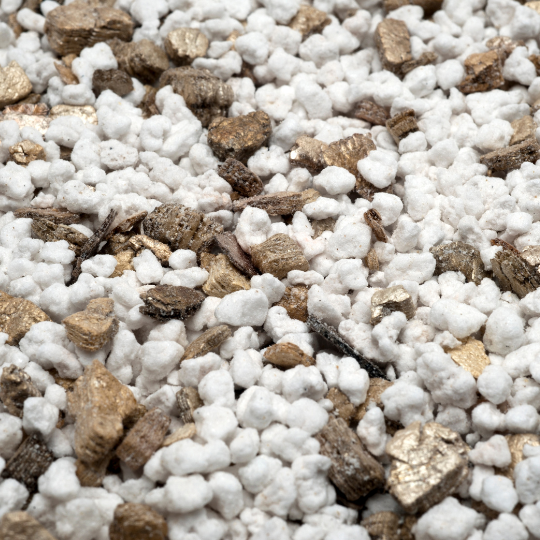
3. Compost and Organic Matter:
Compost adds organic nutrients and beneficial microbes, promoting healthy root growth and resilience. It’s ideal for enriching indoor potting mixes naturally.
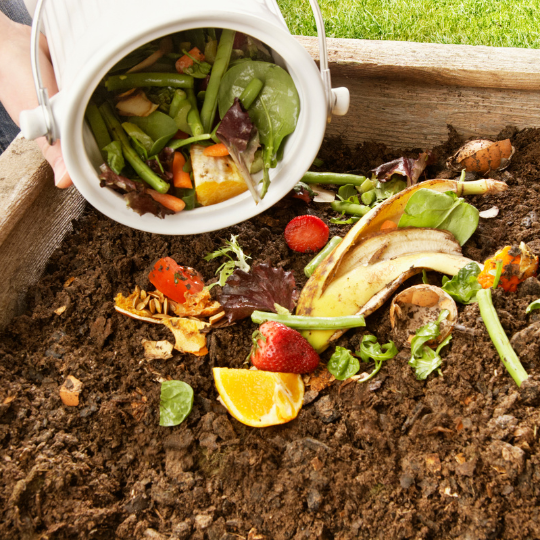
Choosing the Best Potting Soil for Different Indoor Plants
Here's how to choose the best soil for your potted plants:
1. Cacti and Succulents:
These desert plants need a sandy, well-draining mix to mimic their natural habitat and prevent root rot. Look for soil specifically formulated for cacti and succulents, often with sand or grit for quick drainage.

2. Tropical Plants (Monstera, Philodendron):
Tropical plants thrive in moisture-retaining soil rich in organic matter. A balanced mix with ingredients like peat moss, compost, and perlite ensures steady moisture and nutrients.

3. Orchids and Air Plants:
Orchids and air plants require airy, bark-based mixes. Orchid mixes often contain large bark chunks to allow airflow, essential for these epiphytic plants to thrive without soil compaction.

DIY Soil Mix Recipes for Indoor Plants
Here are some simple DIY soil mix recipes to suit a variety of indoor plants, ensuring they get the ideal balance of nutrients, aeration, and drainage.
1. Succulents and Cacti Mix
-
Ingredients: 3 parts cactus soil or sandy soil, 1 part perlite, 1 part coarse sand.
-
Benefits: This well-draining mix prevents root rot, crucial for succulents and cacti that need dry conditions.
2. Leafy Tropical Plants Mix
-
Ingredients: 3 parts potting soil, 1 part coconut coir, 1 part perlite.
-
Benefits: This mix retains moisture without becoming waterlogged, providing the humidity tropical plants crave.
3. Flowering Plants Mix
-
Ingredients: 2 parts potting soil, 1 part compost, 1 part vermiculite.
-
Benefits: Compost enriches the soil, supporting flower production and enhancing nutrient content.
Best Practices for Potting and Repotting
Here's a detailed look at potting and repotting practices, using the suggested keywords effectively:
Choosing the Right Pot:
Selecting the right pot for potted plants is crucial for their health. The best soil for potted plants needs a container with proper drainage to prevent water buildup, which can lead to root rot. Look for pots with drainage holes and avoid garden soil alone, as it compacts easily. Using a pot with a well-draining soil mixture like cactus mix or an airy soil mix for orchids or house plants provides excellent water drainage.
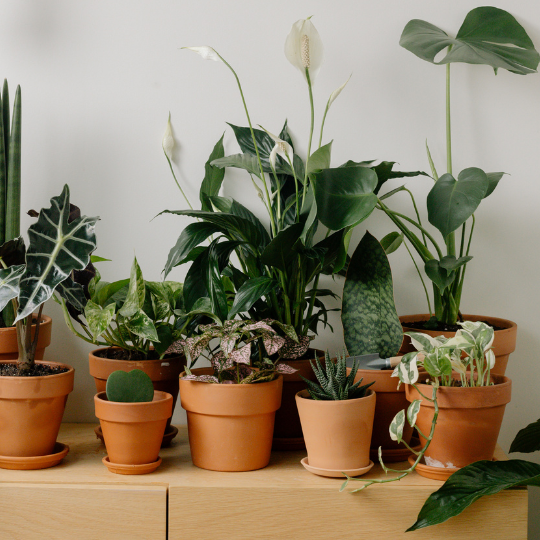
When and How to Repot:
Over time, indoor plants deplete the nutrients in their potting mix, so new potting soil is necessary to keep them healthy. Repotting allows fresh soil and room for root expansion. Choose a pot 1-2 inches larger in diameter than the current one, as plants naturally grow and may become root-bound if left in the same pot.
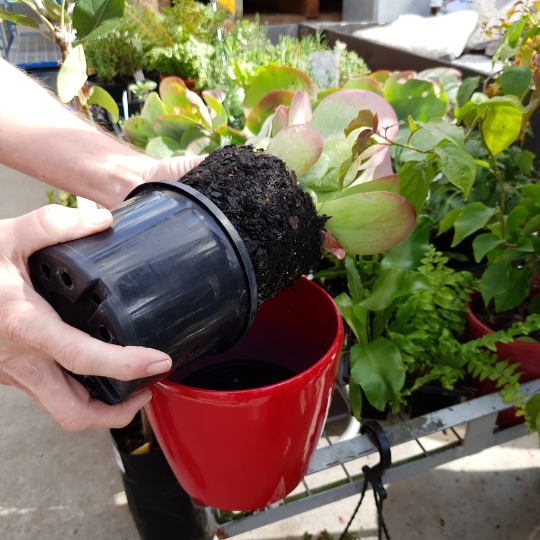
Best potting mix for indoor plants often includes a combination of perlite, peat moss, or coconut coir to retain moisture yet drain well. For types of plants like tropicals or succulents, use specific mixes— succulents benefit from a well-drained soil with sandy components, while tropical plants prefer organic-rich mixtures.
Enhancing Soil Health Post-Repotting:
After adding fresh potting mix for indoor plants, give it a deep watering to help settle the soil. Fertilizer is also beneficial during the growing season; look for potassium and phosphorus to support strong growth. Using a balanced potting soil mix ensures nutrients and water remain available to the roots.
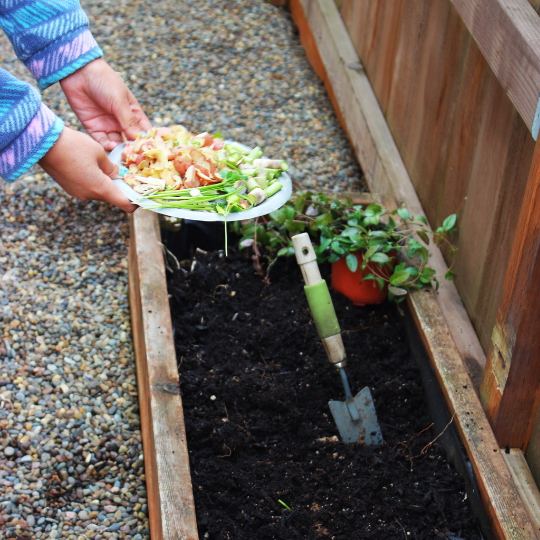
Potting and repotting give your indoor garden the refresh it needs to thrive indoors. With the best potting mix tailored to your plant's needs, you’ll have a thriving green space in no time!
How to Address Common Soil-Related Problems and Solutions
Here’s a guide to address common soil-related issues for indoor plants:
1. Root Rot Prevention
Root rot is a common issue due to excess moisture in potting soil for your plants. To prevent it, use a well-drained soil like cactus mix for succulents or a soil-less mix with coir or perlite. These materials allow excess water to drain while retaining moisture levels suitable for healthy plant growth. Aim for a balance by choosing the best indoor potting mix that supports aeration and moisture retention.
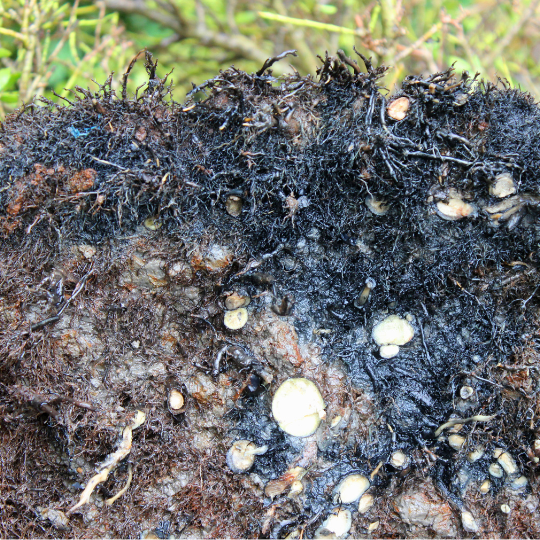
2. Compacted Soil
Compacted soil reduces aeration and prevents roots from accessing nutrients. This issue often arises in regular potting soil over time. To remedy it, try a mix for your indoor plants that includes materials like coconut coir fiber or perlite, which improve the quality of soil and ensure it stays airy for easy root expansion.
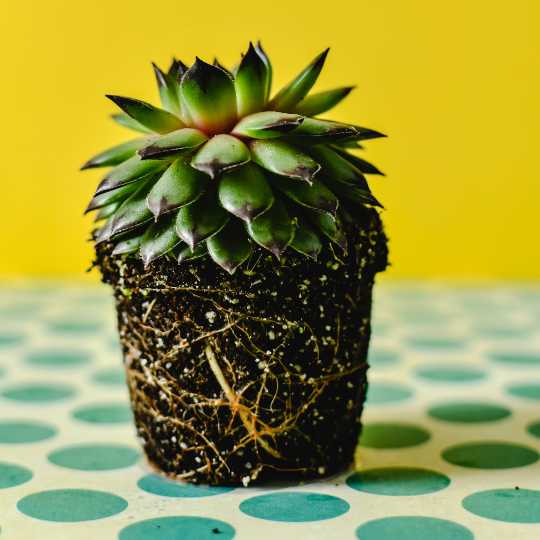
3. Pest Control
Soil-borne pests like fungus gnats thrive in overly moist soil. For potted plants, ensure proper drainage to discourage pests, and use organic pest control methods like neem oil. Maintaining a healthy potting mix and using well-draining soil keeps plants free from disease and thriving in their environment.
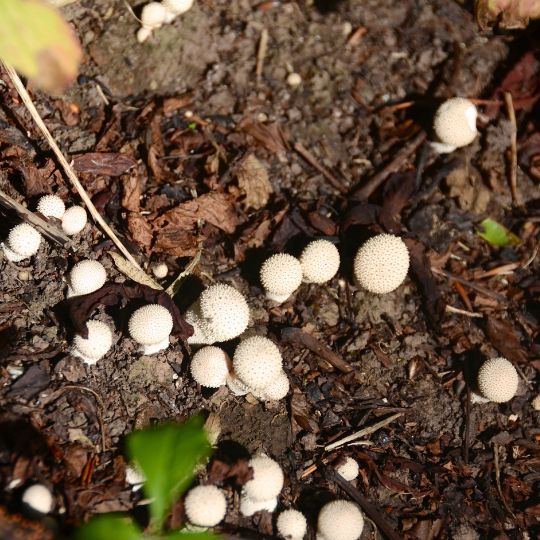
Regularly checking and choosing the right potting soil keeps your plants healthy, prevents common issues, and provides a stable foundation for growth.
Conclusion
The right soil mix is essential for keeping indoor plants thriving. With balanced moisture retention, proper aeration, and a rich nutrient content, soil supports plant health by ensuring roots receive the oxygen, water, and minerals they need. Whether you prefer experimenting with DIY mixes or using store-bought options, finding the best soil blend for each plant type promotes healthy growth and longevity, transforming your space into a vibrant indoor garden.
Read Next...
Affiliate Disclaimer:
This website contains affiliate links. All that means for you is that if you click on one of my links and make a purchase, I receive a small commission. This helps me keep this content 100% free! But rest assured, I only recommend products I know and trust! Happy Planting!

